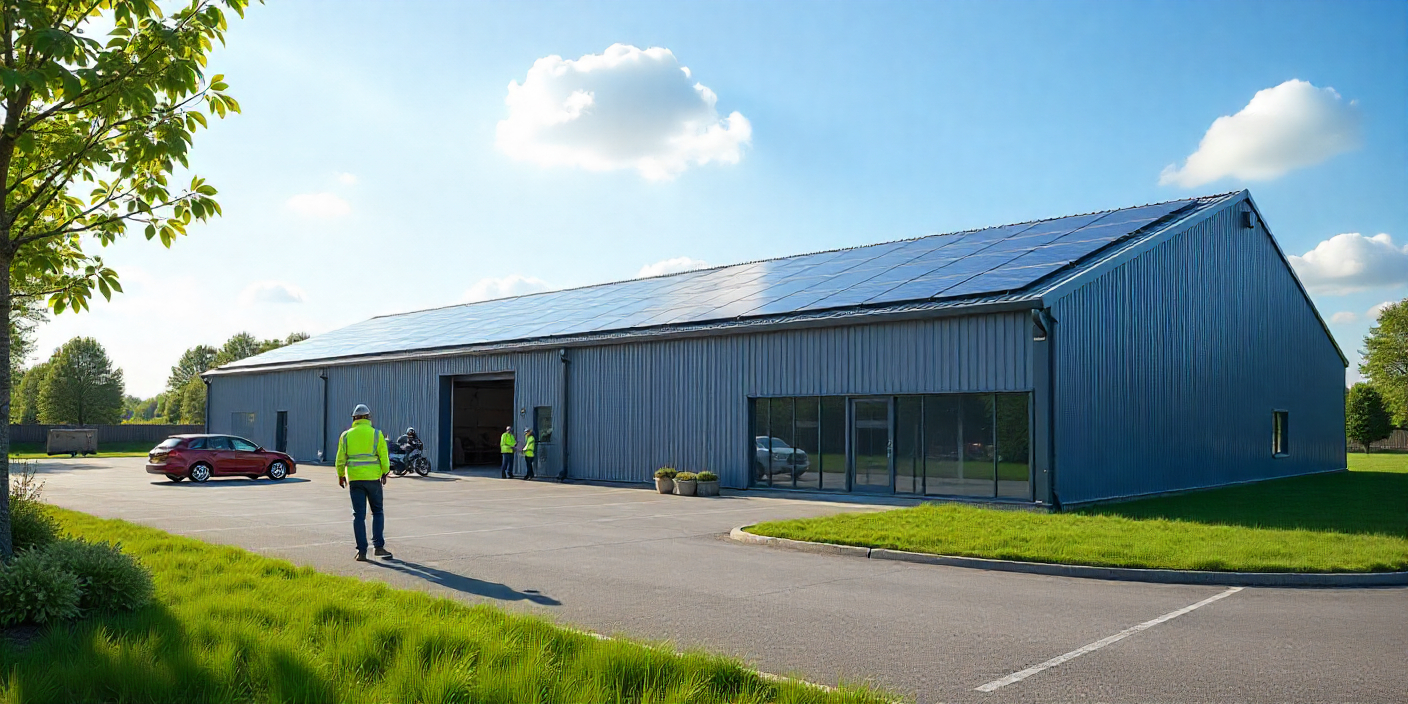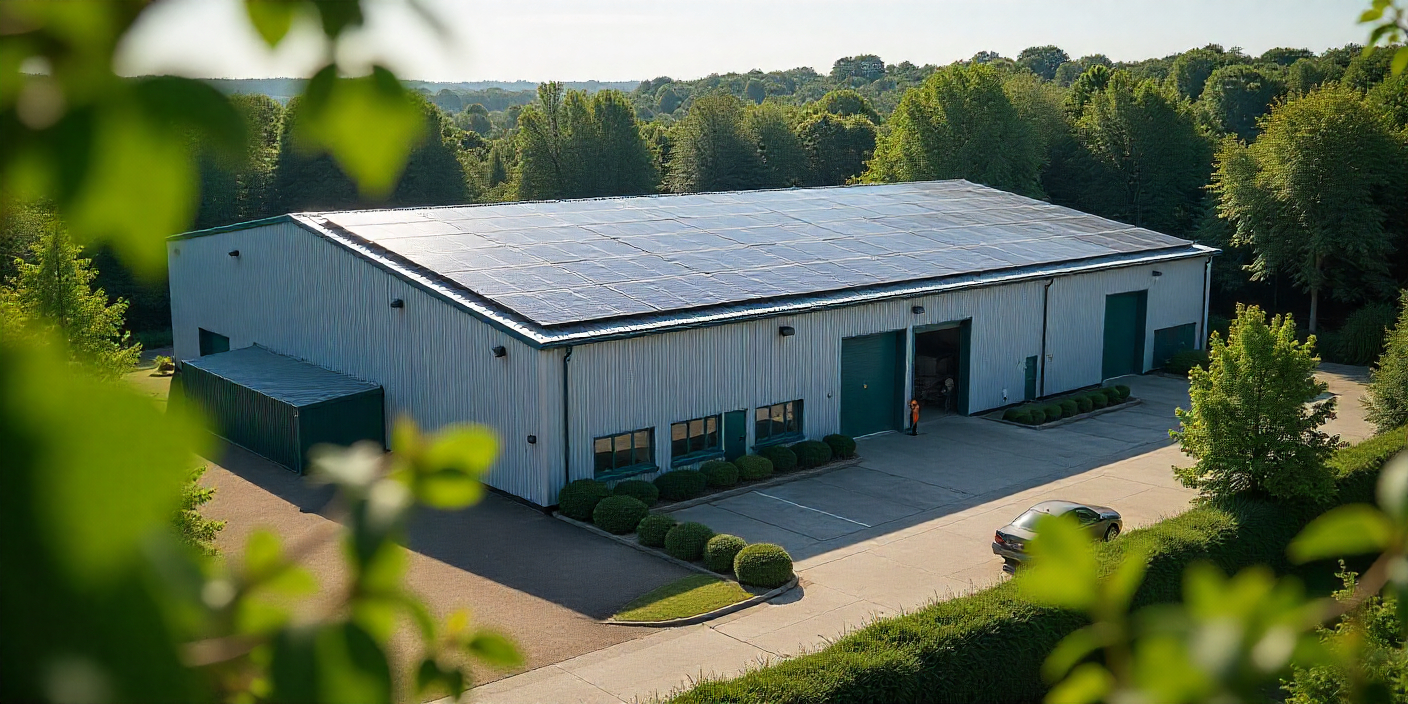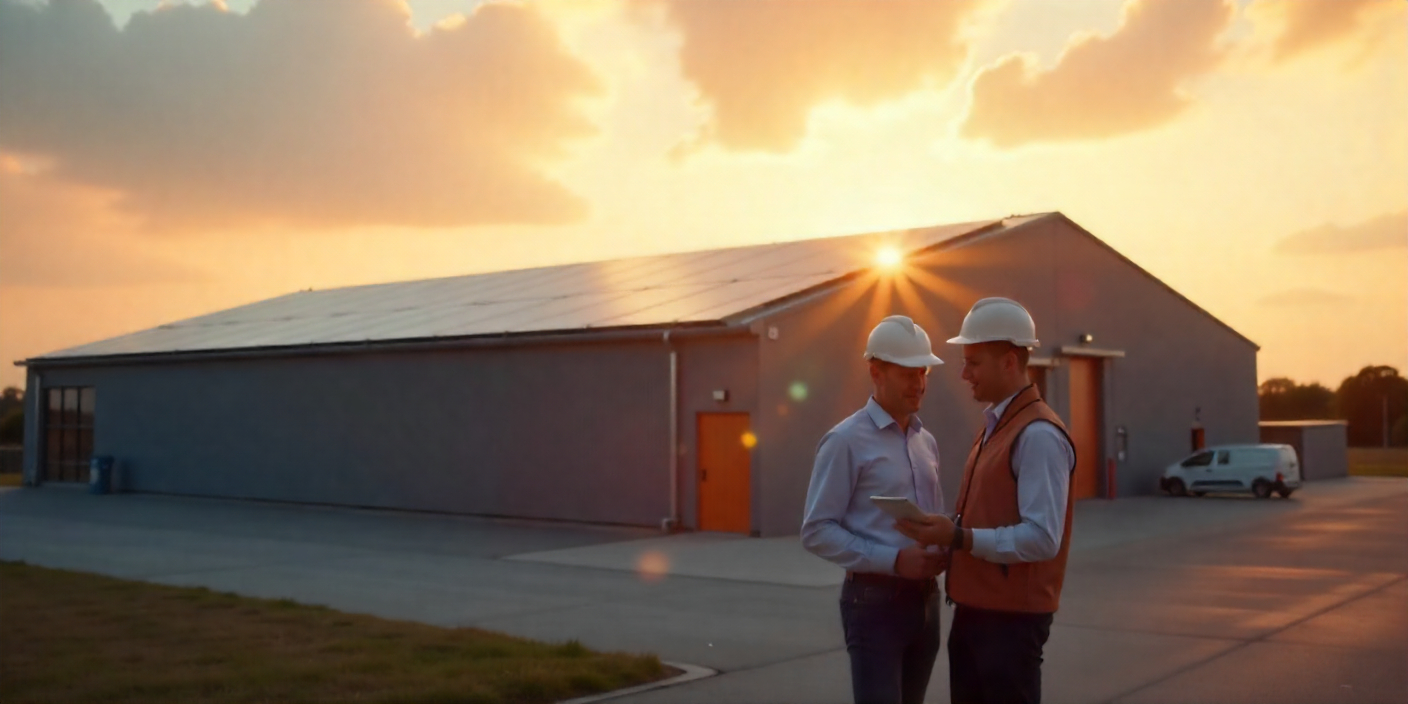For factories, energy management has always been about efficiency – doing more with less.
But the future of manufacturing demands more than reducing consumption; it requires actively managing where energy comes from.
That’s where ISO 50001 and renewable energy integration intersect, creating a pathway for factories to reduce costs, lower carbon emissions, and secure long term energy independence.
How ISO 50001 Supports Renewable Integration
ISO 50001 gives factories the structure to make informed, data driven energy decisions.
The framework helps identify the biggest areas of energy use, assess renewable options, and measure performance improvements over time.
Rather than treating solar or other renewables as one off projects, ISO 50001 integrates them into a continuous improvement cycle.
Every kilowatt generated on-site contributes to meeting your energy performance objectives and reducing dependence on the grid.
Turning Energy Data into Action
Factories certified to ISO 50001 collect detailed consumption data – by department, process, or building.
This visibility makes renewable energy planning far more accurate.
You can pinpoint the right system size, calculate return on investment, and verify post-installation performance with real data.
When rooftop solar panels are installed, the EnMS framework ensures the output is monitored and optimised, delivering verifiable energy and cost savings that strengthen both your audit results and your bottom line.
Financial and Environmental Impact
Renewables are no longer a luxury or marketing exercise; they’re a financial strategy.
Through asset finance or solar-as-a-service models, factories can install panels with no upfront cost and enjoy immediate positive cashflow.
The savings from lower energy bills exceed the finance repayments, turning sustainability into profit from the very first month.
Environmentally, renewable energy directly reduces your factory’s Scope 2 carbon emissions, which helps satisfy ISO 50001 objectives and positions your business for upcoming net zero reporting requirements.
Future Proofing Through Integration
Energy prices fluctuate, but solar generation remains steady and predictable.
By integrating renewables through ISO 50001, factories build resilience against market volatility while demonstrating leadership in sustainability – something increasingly valued by customers and investors alike.
The Takeaway
ISO 50001 and renewable energy are natural partners. The standard provides the framework, and solar provides the solution.
Together, they deliver measurable savings, long term stability, and a competitive advantage that will only grow in importance as the UK manufacturing sector continues its transition to net zero.



